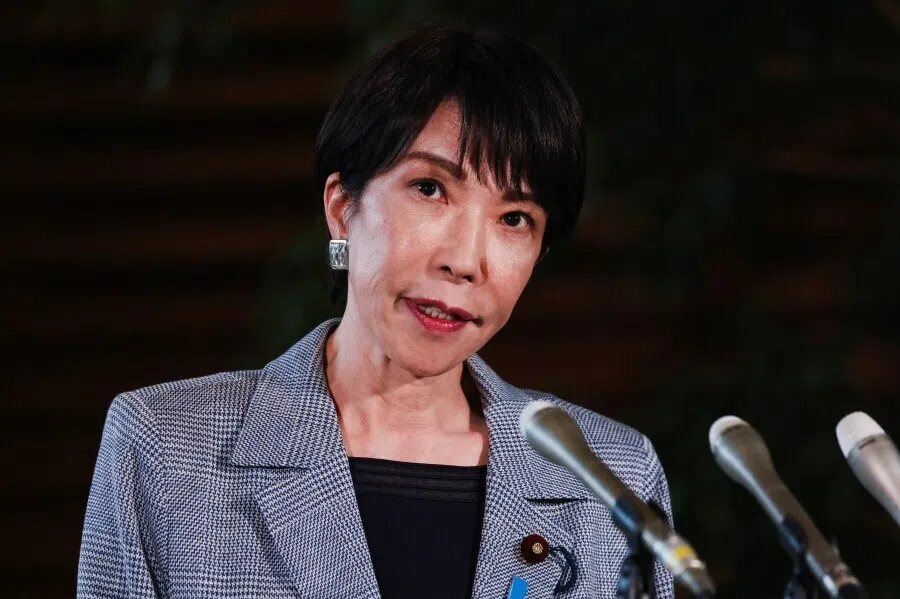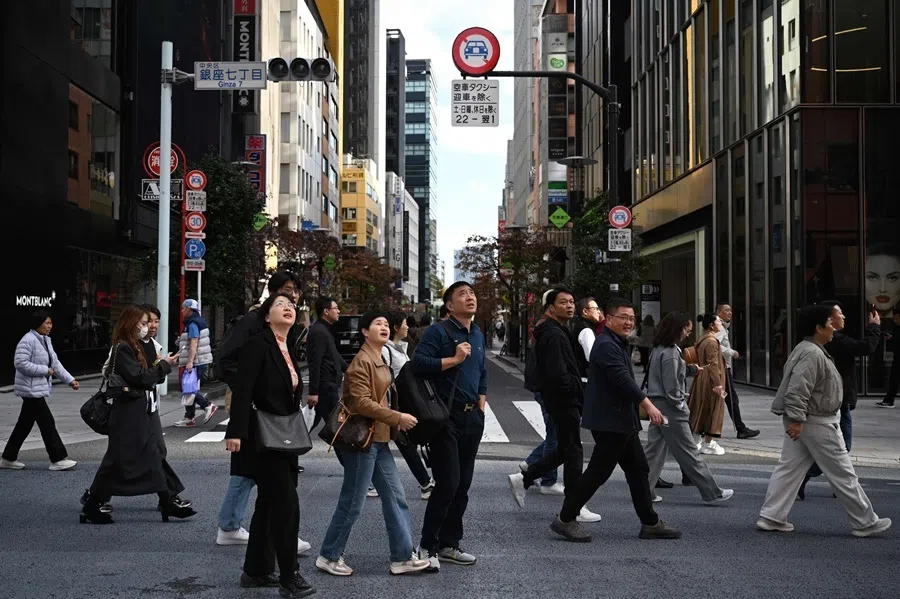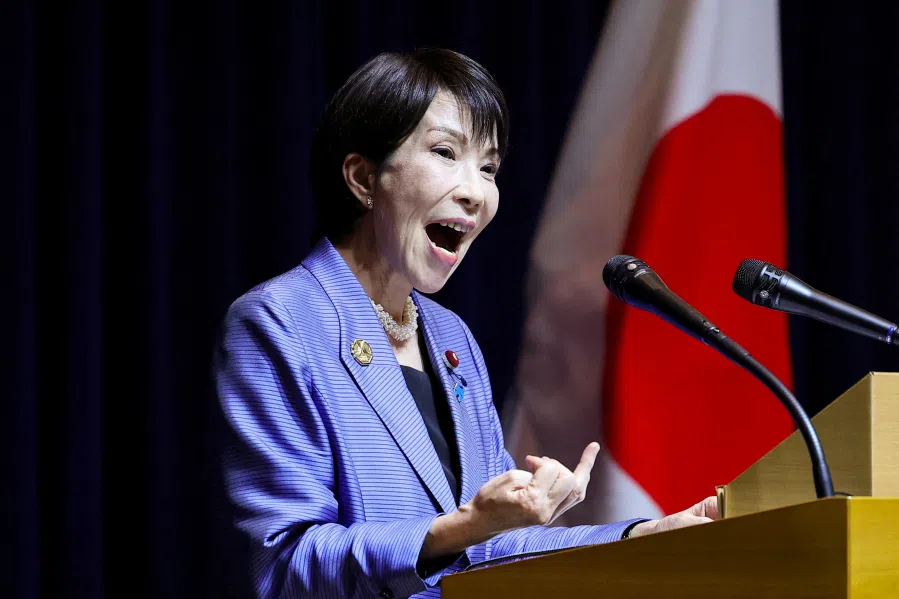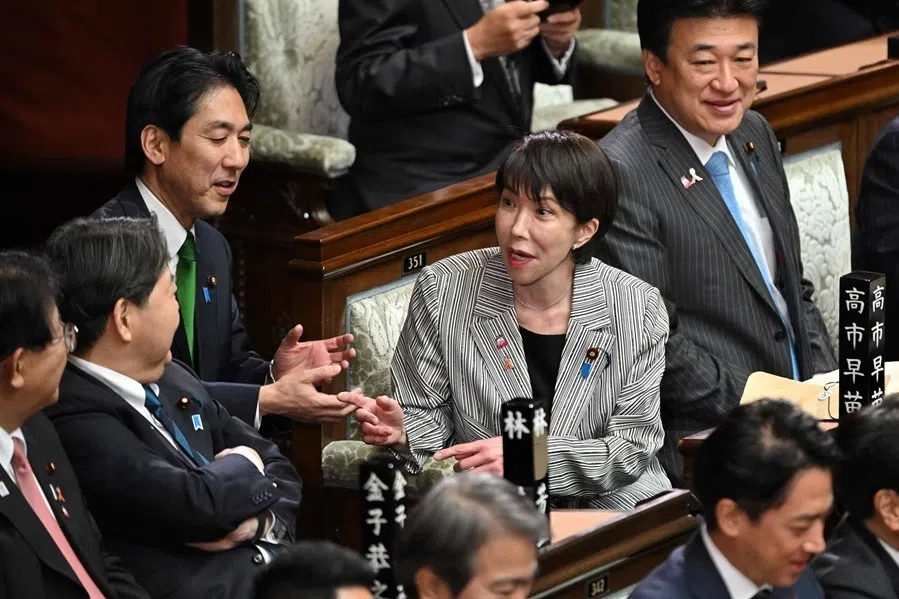Good signs for China's economic recovery as spending booms for Valentine's Day
With Valentine's Day just over, The Economist's tongue-in-cheek Cost of Loving Index reflects the high cost of living in Chinese cities compared with global cities such as New York and Paris. Zaobao's associate editor Han Yong Hong looks deeper into the spending habits of the Chinese and what it might mean for economic recovery.
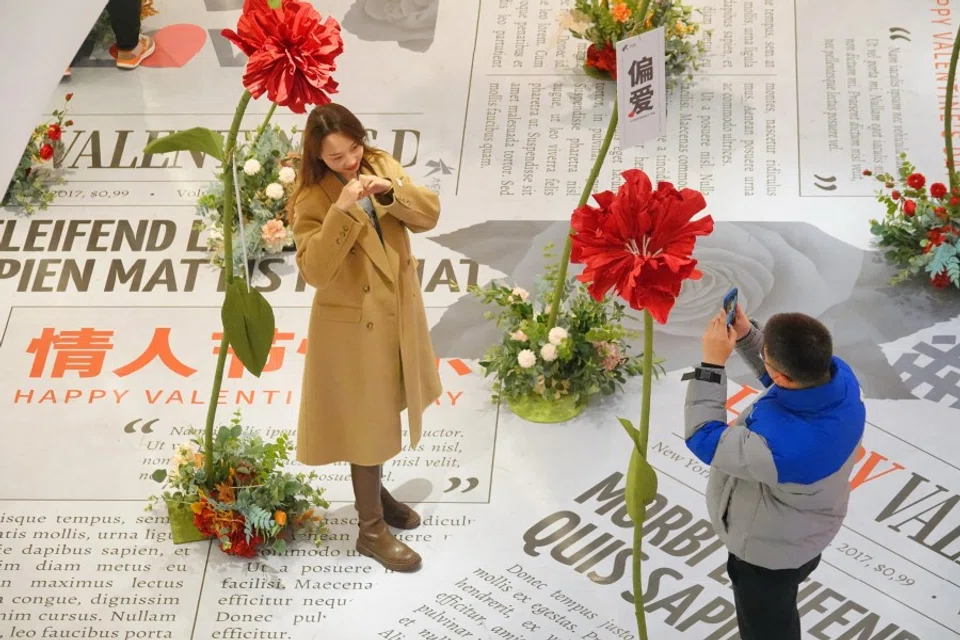
In conjunction with the first Valentine's Day since Covid-19 started to subside, The Economist listed the 15 most expensive cities to spend Valentine's Day, based on the Worldwide Cost of Living survey by the Economist Intelligence Unit (EIU), and jestingly calling it the Cost of Loving Index.
Cost of high-end spending
The Economist ranked over 170 cities based on the bill for a romantic night out, and found that Shanghai topped the list at US$655 for drinks at a fancy hotel, followed by dinner and a movie, a taxi ride home and a bottle of wine.
According to the index, Shanghai beat out metropolitan cities such as New York, Paris and Milan, while Beijing came in 12th, with the above-mentioned activities likely to set one back by nearly US$500.
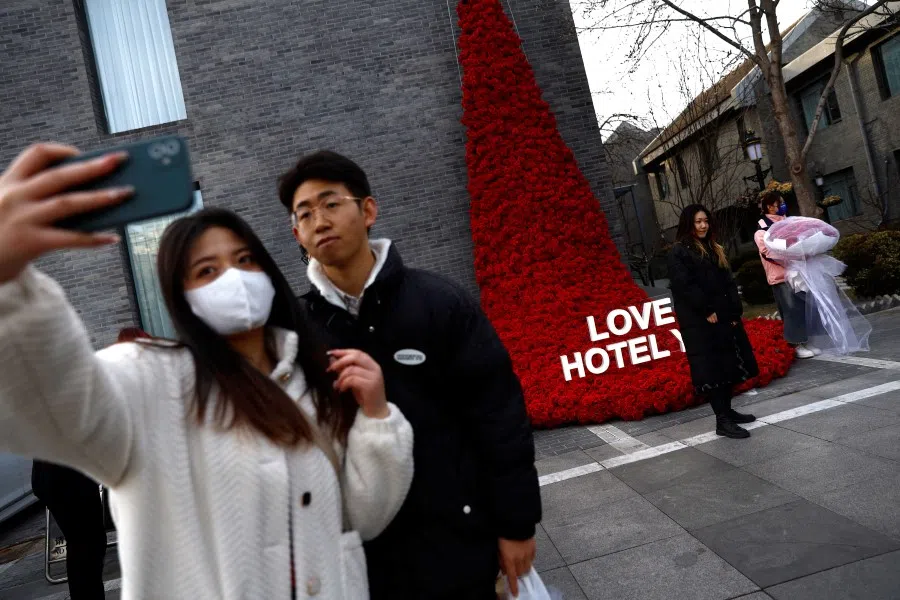
Is this surprising? No, as many foreigners working in Beijing and Shanghai have already shared that it is not cheap to live in first-tier cities in China. Prices of fashion goods and services are comparable to or even higher than those in international cities. For instance, specialty coffee in Shanghai is definitely not priced for the masses.
Shanghai and Beijing's high ranks on the list show that rich people there can afford to spend, and they are used to it.
Of course, it has to be emphasised that the main purpose of the EIU's cost of living survey is to help human resource managers of multinational companies estimate the cost of living for expatriates and business travellers. It gathers mid- to high-end spending, and does not include policy benefits and subsidies for citizens, so it does not reflect the average cost of living for locals.
However, we can take the price index of a romantic Valentine's Day date as a reference for the cost of high-end spending or entertainment in global cities. Shanghai and Beijing's high ranks on the list show that rich people there can afford to spend, and they are used to it.
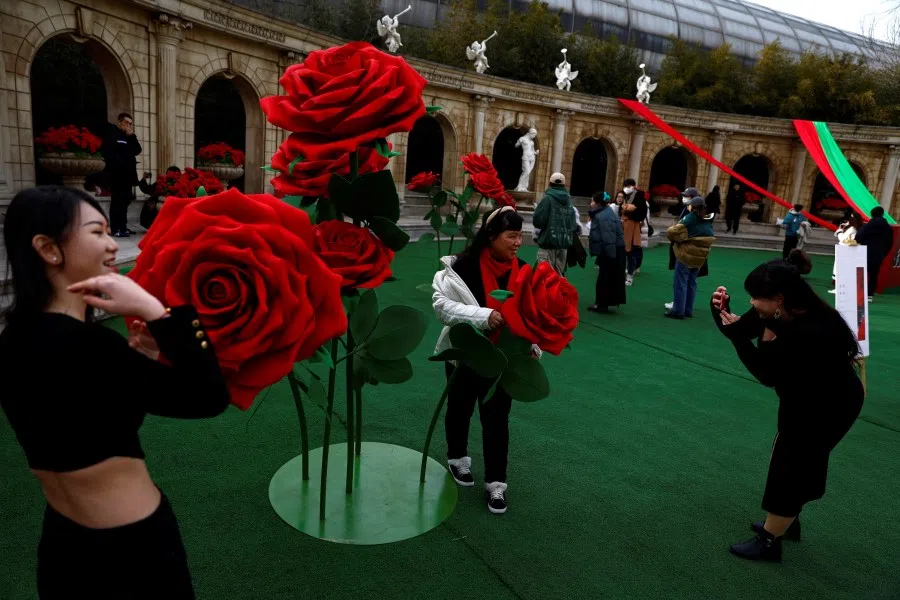
Of course, by extension this also reflects the significant rich-poor gap in China. But with the Chinese authorities' strong rhetoric of stimulating the economy and boosting spending, the people's confidence to spend is an encouraging sign.
Young people aged below 30 are the main drivers of this spending, and they favour higher-priced rooms with scenic views...
Youth the main drivers of spending
Compared with British media, Chinese media reports on Valentine's Day feel more realistic and are probably more straightforward. Over the past week, several media outlets have cited figures to show that this Western festival has given a strong push to the "romance economy". While Chinese New Year spending was just revving up, there was an unexpected jump in hotel room bookings for Valentine's Day, which beat figures from both last year and pre-Covid times.
Figures from Tongcheng Travel show that hotel booking prices for 14 February increased by an average of 32.3% in China. Nevertheless, figures from Trip.com show that bookings for couples' rooms on that day were higher compared with 2019, while hotel rooms fitted with a private cinema saw a nearly 70% jump in bookings as compared with 2019.
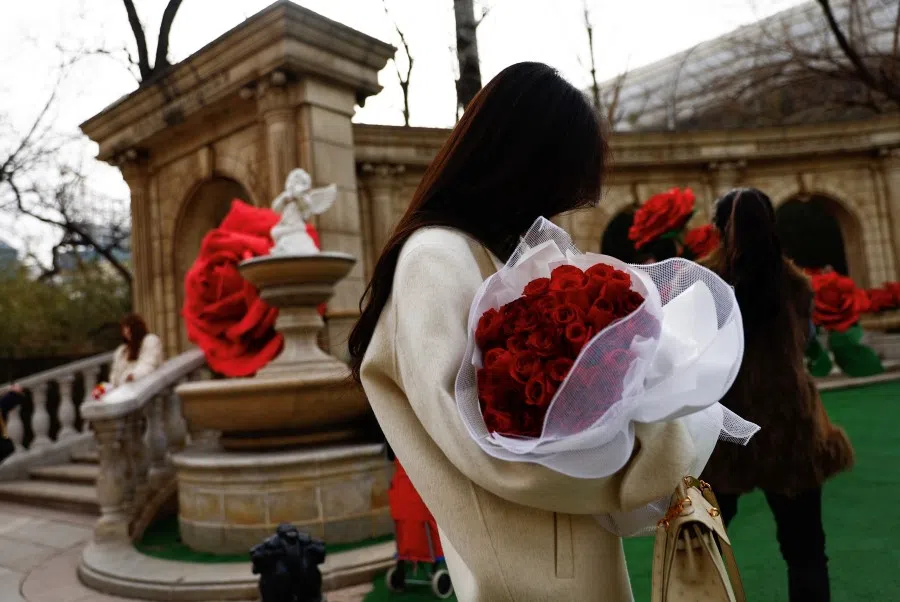
Figures from another tourism website Qunar also show that as of 11 February, bookings for Valentine's Day were more than 40% higher compared with 2019, and 3.4 times higher than in 2022.
Young people aged below 30 are the main drivers of this spending, and they favour higher-priced rooms with scenic views, in-room movie theatres and themed interiors. Figures from Trip.com show that this romance economy began to heat up from 11 February, driving accommodation bookings, dining packages and venue tickets to spike by over 320% over the past week.
... these anecdotes suggest that consumption in China might be slowly improving in certain sectors.
Not quite revenge spending
This year's Valentine's Day saw a new spending trend whereby more women took the lead in booking hotel rooms. Trip.com figures show that women accounted for nearly 60% of bookings of couples' rooms, while on the Qunar website, women spent on average nearly 20% more than men on hotel room bookings.
Singles, too, have their own ways to spend. On the Qunar website, there was a spike for esports hotel reservations around universities, with gamers checking into four- or five-person rooms to spend Valentine's Day engaging in esports.
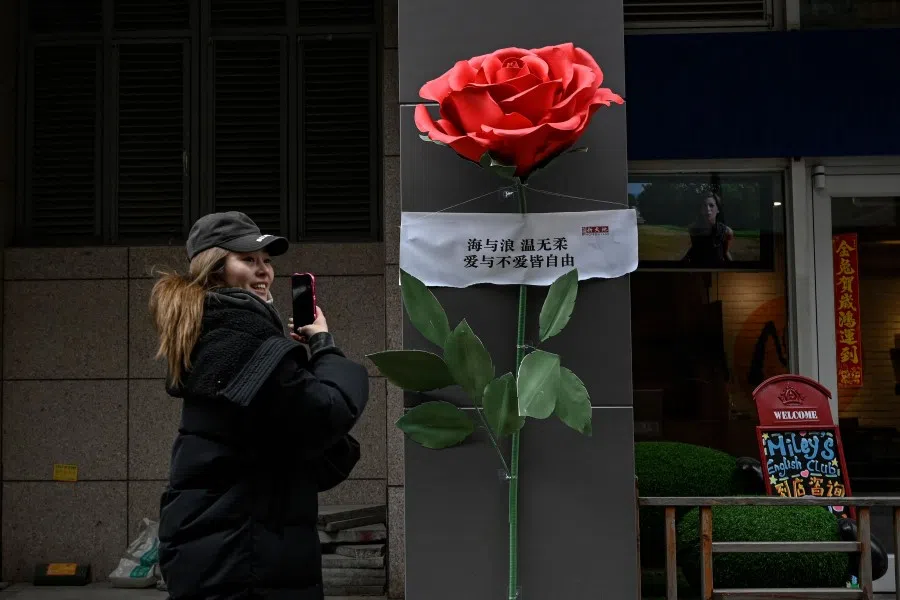
Indeed, these anecdotes suggest that consumption in China might be slowly improving in certain sectors. Looking at the macro figures, the Bank of China announced on 10 February that total social financing jumped to 5.98 trillion RMB in January, 195.9 billion RMB less than the same period last year. This highlights that the revenge spending people have been talking about has not happened as expected, because the big purchases of cars and homes - which require loans and are deemed the real catalysts - remains lacklustre. However, young people are picking up on leisure spending. Given the gradual economic recovery in 2023, adventurous Chinese consumers should slowly return.
Then again, spending should not be the focus of Valentine's Day. With more independent and autonomous women no longer shying away from booking hotel rooms, does that mean there will be more people forming families and bringing up the next generation? The answer is not clear-cut, and it may even be to the contrary. We will leave the government to crack its head over China's worsening problem of an ageing population.
This article was first published in Lianhe Zaobao as "哪个城市爱情价最高?".
Related: Is a zero-Covid policy adversely affecting China's economic recovery? | China's 'little emperors' of the 1980s are now the most burdened generation | More young and single Chinese women buying properties in China's top-tier cities | China's youths are feeling the pressure from low wages | 600 million Chinese earn 1,000 RMB a month - so are the Chinese rich or poor?


